10 Most Aggressive Dog Breeds In America (According To Vets)
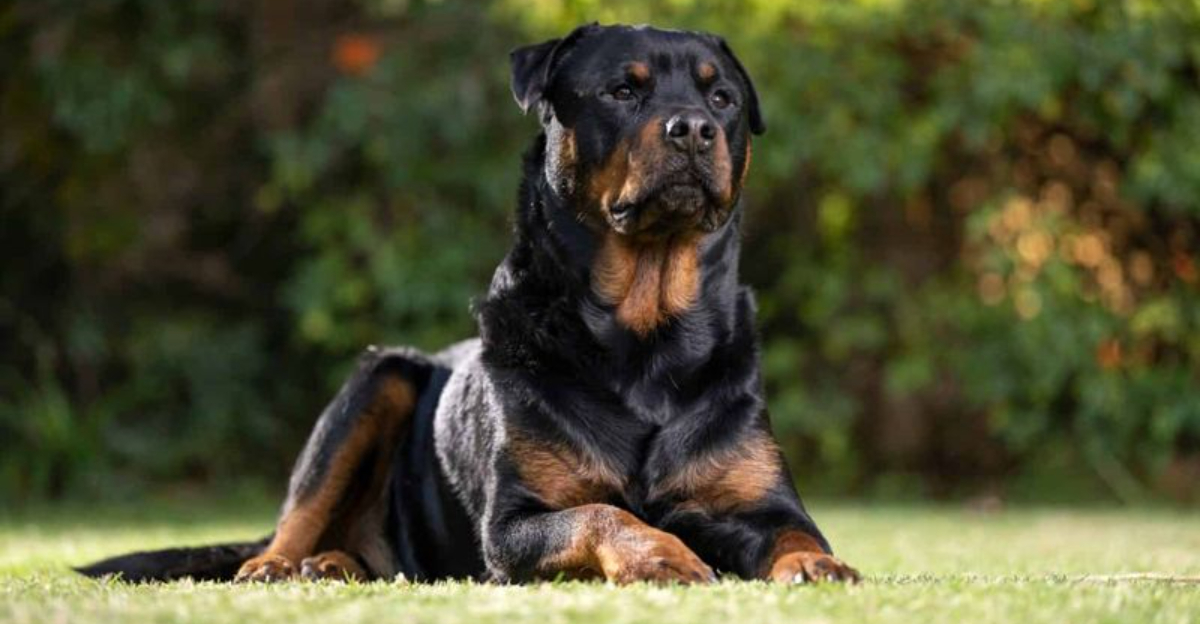
When choosing a dog for your family, temperament matters just as much as size and energy level. Some breeds have earned reputations for being more aggressive than others, often due to their history, instincts, or common training practices.
Veterinarians have observed certain patterns of aggression in specific breeds, though it’s important to remember that proper training and socialization can make a tremendous difference in any dog’s behavior.
1. Pit Bull Terrier
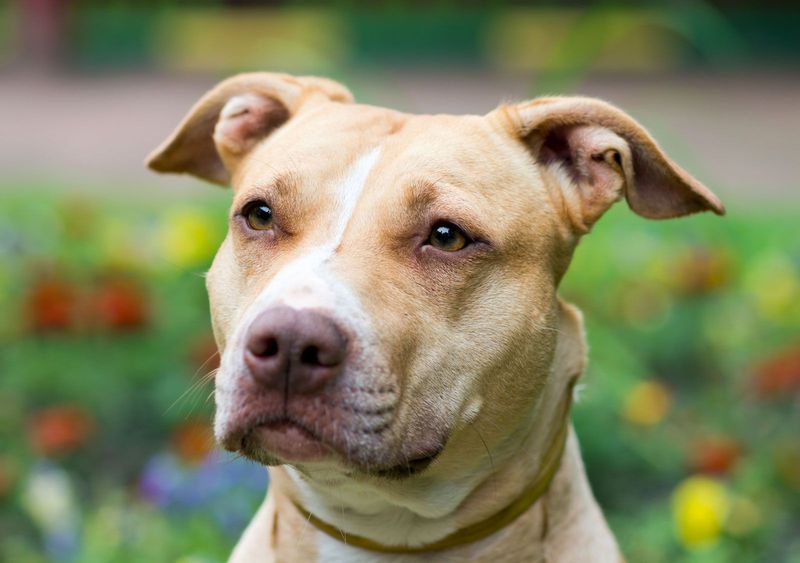
Powerhouses with misunderstood hearts, Pit Bulls top most aggressive breed lists due to their jaw strength and tenacity when provoked.
Their natural loyalty makes them protective to a fault. Many Pit Bulls live peacefully as family pets, but their territorial instincts can trigger aggression if they feel their loved ones are threatened.
Poor socialization during puppyhood significantly increases risk factors. Responsible ownership requires consistent training from an early age and understanding their body language to prevent incidents.
2. German Shepherd
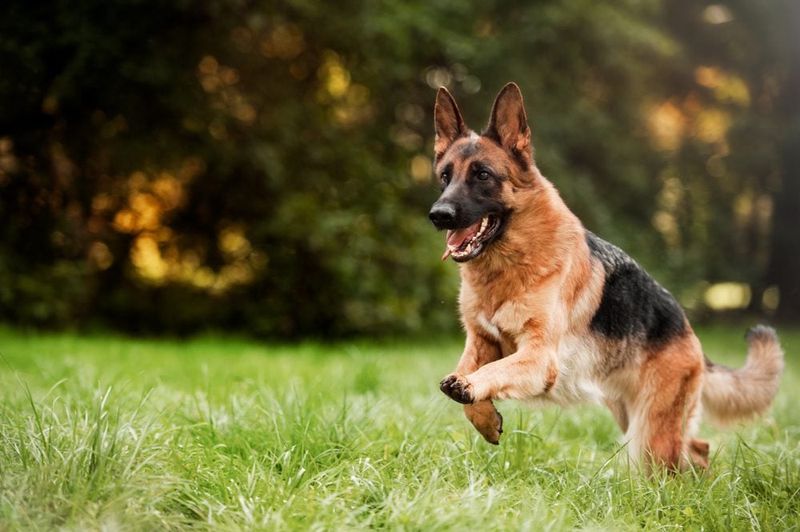
Famous for their roles alongside police officers, German Shepherds possess razor-sharp intelligence and unwavering loyalty.
Their protective instincts make them excellent guardians but can lead to aggression when these instincts aren’t properly channeled. A German Shepherd that hasn’t been properly socialized may view everyday situations as threats.
Their territorial behavior can be intense, especially when defending their family or property. Mental stimulation is crucial for this working breed. Boredom often manifests as destructive or aggressive behaviors.
3. Doberman Pinscher
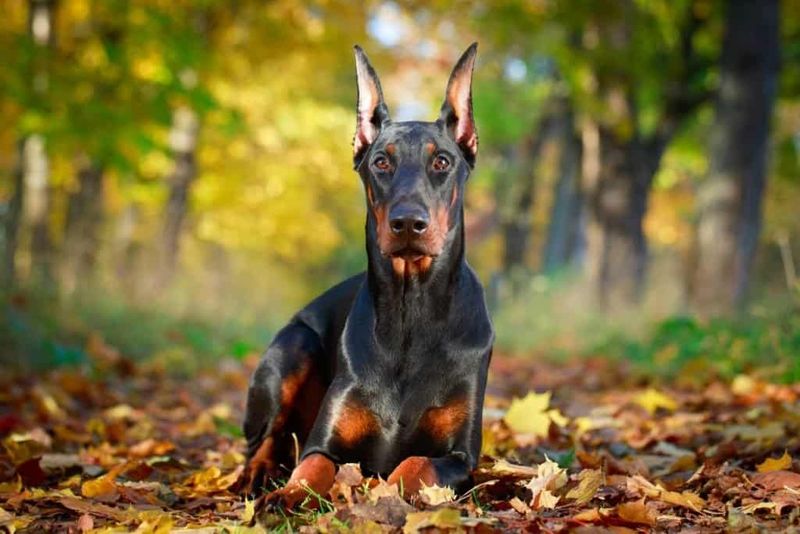
Sleek and athletic, Dobermans were specifically bred as personal protection dogs. Their intimidating appearance is matched by lightning-quick reflexes and remarkable intelligence.
Dobermans form intense bonds with their families and can become aggressive when perceiving threats to their people. Their alert nature means they rarely miss potential dangers, sometimes responding before owners even notice.
Surprisingly sensitive despite their tough exterior, Dobermans can develop fear-based aggression if handled harshly during training. Positive reinforcement yields far better results with this proud breed.
4. Bullmastiff
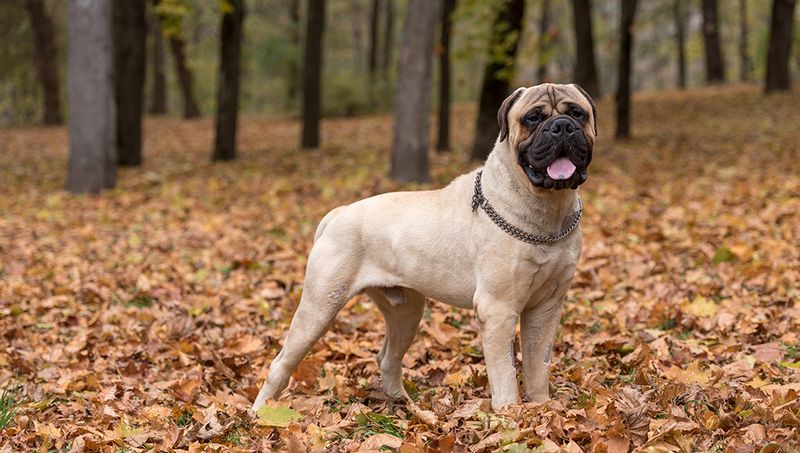
Gentle giants until provoked, Bullmastiffs were historically bred to silently track and pin down poachers without mauling them. This controlled aggression remains in their genetic makeup today.
Despite their imposing size, most Bullmastiffs are remarkably patient, especially with family members. Their protective instinct activates quickly when they perceive threats to their home territory.
Early training is essential as these powerful dogs can easily overpower handlers once fully grown. Their stubborn streak requires firm but gentle guidance to prevent territorial aggression.
5. Rottweiler
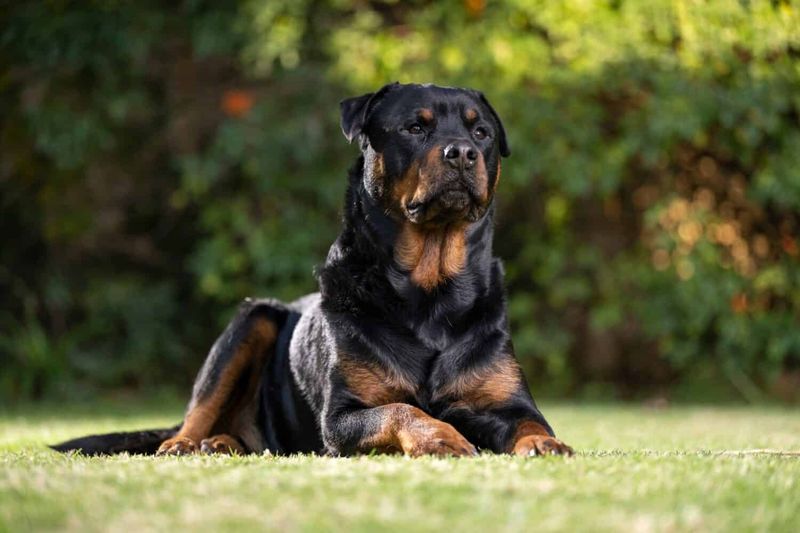
Guardian spirits in powerful bodies, Rottweilers carry themselves with a confidence that can be intimidating. Their protective nature stems from centuries of work as livestock guardians and police companions.
Without proper boundaries, this breed’s natural wariness of strangers can evolve into dangerous aggression. Their size and strength make proper training non-negotiable.
Early socialization helps Rottweilers distinguish between genuine threats and normal interactions, preventing fear-based reactions that account for many reported incidents.
6. Chihuahua
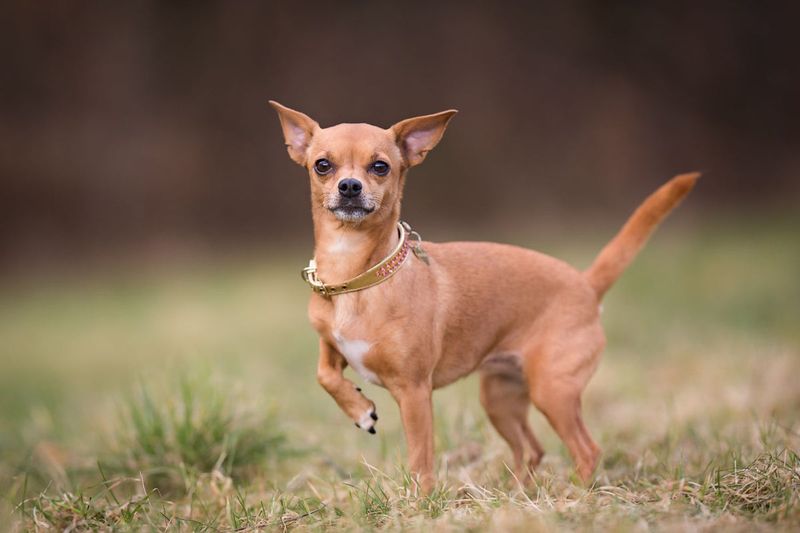
“Small dog, big attitude” perfectly describes the Chihuahua’s feisty demeanor. Despite their tiny stature, veterinarians report surprisingly high bite incidents from this pocket-sized breed.
Many owners unintentionally encourage aggressive behaviors by failing to set boundaries, assuming small dogs don’t require the same training as larger breeds.
This “small dog syndrome” can result in a Chihuahua that snaps, growls, and bites regularly. Their natural nervousness around strangers and larger animals often manifests as defensive aggression, a compensation mechanism for their diminutive size.
7. Jack Russell Terrier
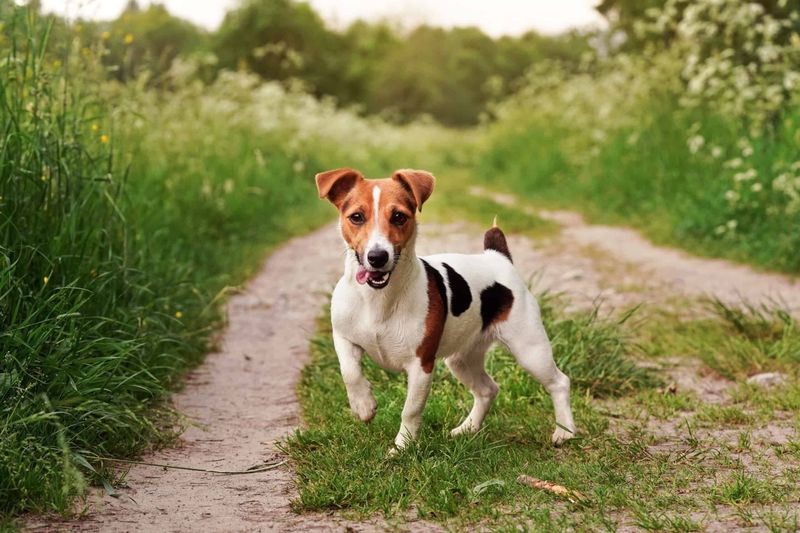
Bundles of perpetual motion, Jack Russells were bred to hunt foxes and have retained their fearless, tenacious nature.
Their seemingly endless energy often gets channeled into problematic behaviors when insufficiently exercised. Veterinarians note these terriers frequently display aggression toward other dogs, regardless of size differences.
Their bold personality and hunting instincts make them prone to chasing and nipping behaviors. Mental stimulation is as important as physical exercise. A bored Jack Russell quickly becomes a destructive, aggressive one. These clever dogs need jobs to prevent frustration-based outbursts.
8. Akita
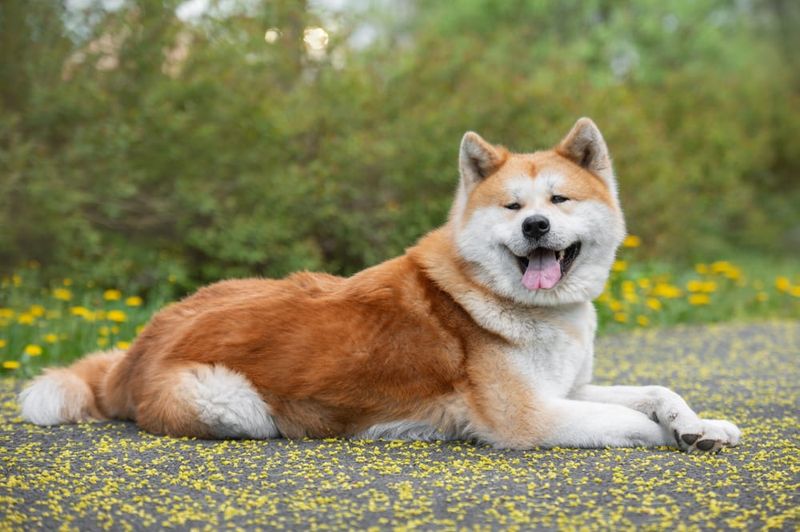
Ancient Japanese guardians with dignified demeanors, Akitas possess a strong-willed independence that can challenge even experienced dog owners.
Their natural suspicion of strangers stems from centuries of protecting royal families. Loyalty defines this breed, they form deep bonds with their families while remaining aloof with outsiders. This stark difference in behavior can rapidly escalate to aggression when unfamiliar people enter their territory.
Same-sex aggression appears frequently in Akitas, making multi-dog households particularly challenging. Early socialization can help, but their protective instincts remain deeply ingrained.
9. Alaskan Malamute
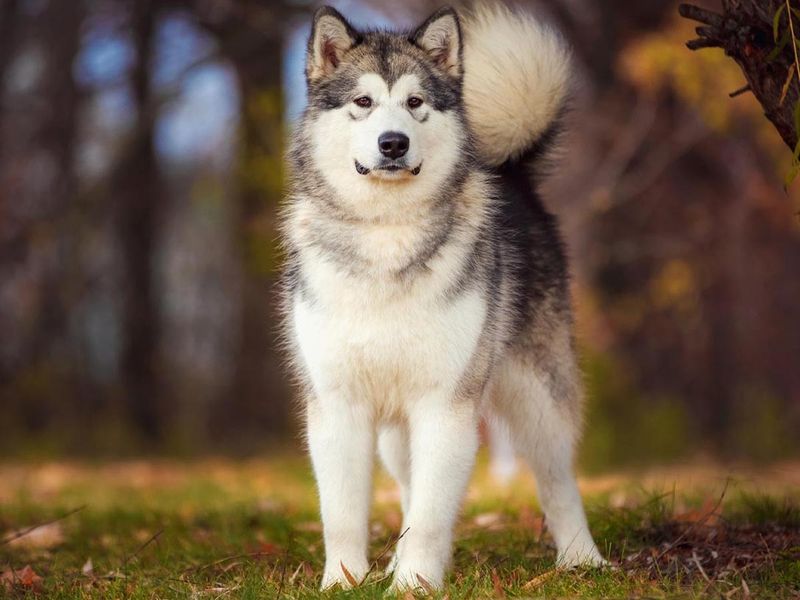
Arctic workers with wolf-like appearances, Malamutes weren’t bred for protection but still rank high for aggression due to their strong prey drive and pack mentality.
Their stunning looks often lead unprepared owners to underestimate their powerful instincts. Smaller animals frequently trigger their predatory response, a genetic trait from their sledding heritage. Their size and strength make controlling this behavior challenging once it starts.
Surprisingly, Malamutes rarely show aggression toward humans but frequently challenge other dogs for dominance. Their hierarchical nature requires owners to establish clear leadership from puppyhood.
10. Cocker Spaniel
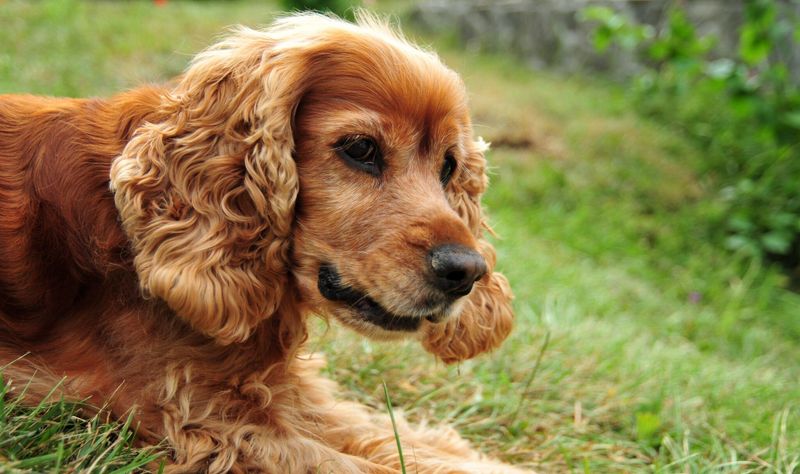
The surprising entry on this list, Cocker Spaniels’ sweet expressions hide a condition veterinarians call “Cocker Rage Syndrome,” sudden, unprovoked aggressive episodes with no warning signs.
This genetic condition affects certain bloodlines within the breed. Pain sensitivity contributes to their aggression statistics, as these dogs may snap when experiencing discomfort during grooming or handling.
Their long ears and dense coats require regular maintenance, creating frequent opportunities for negative reactions. Golden-hearted companions most of the time, their Jekyll-and-Hyde potential catches many owners off guard when aggression emerges seemingly without warning.






